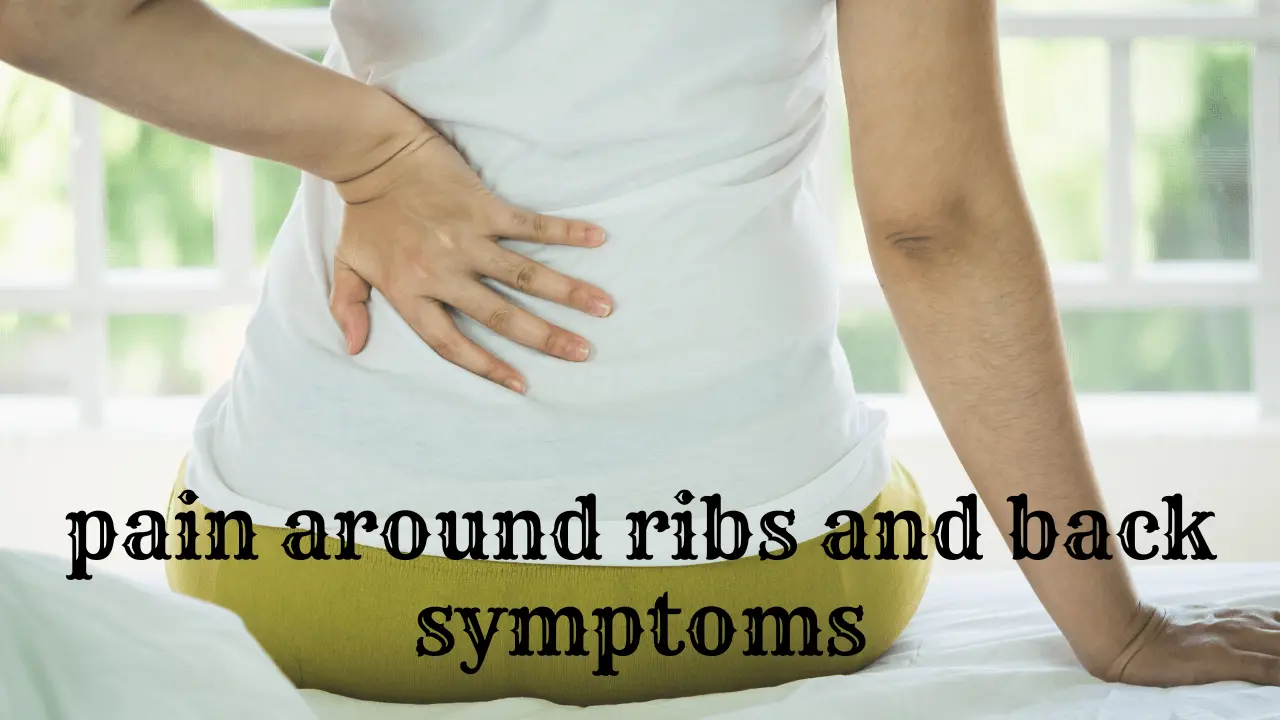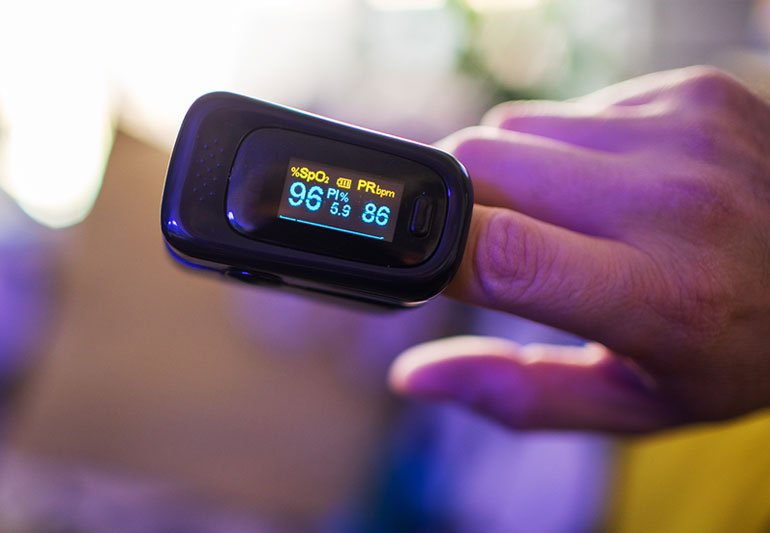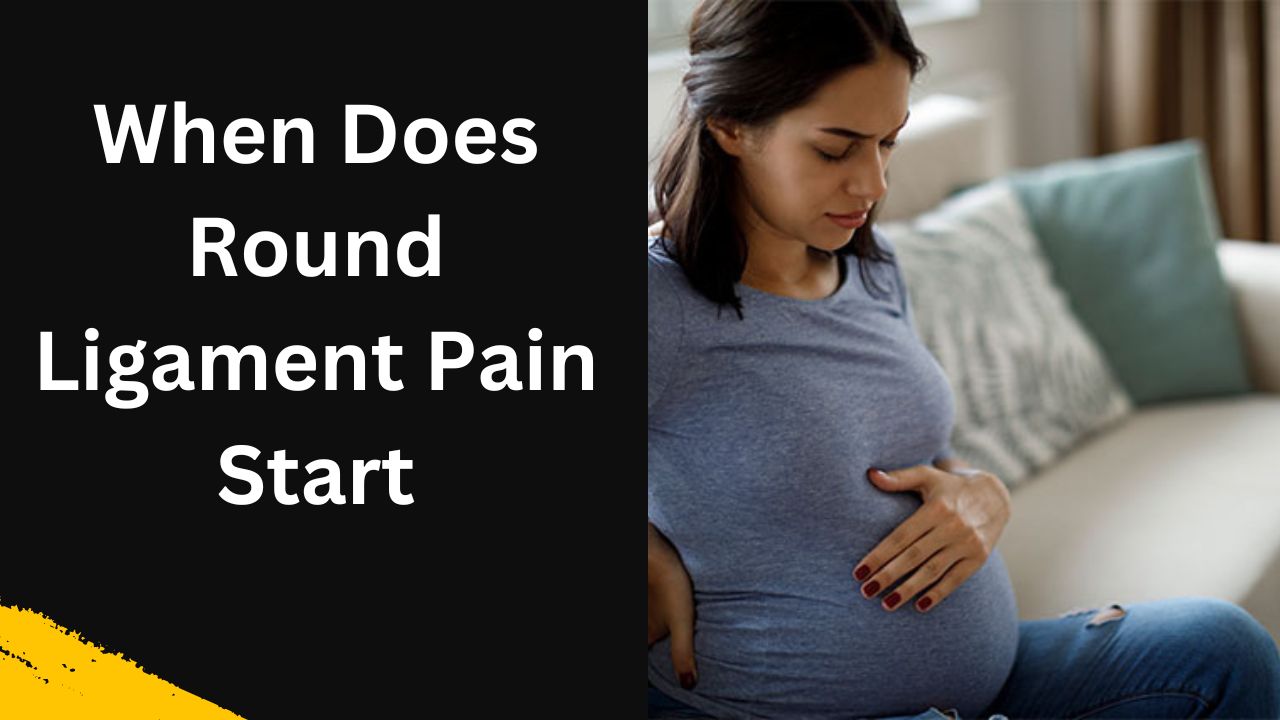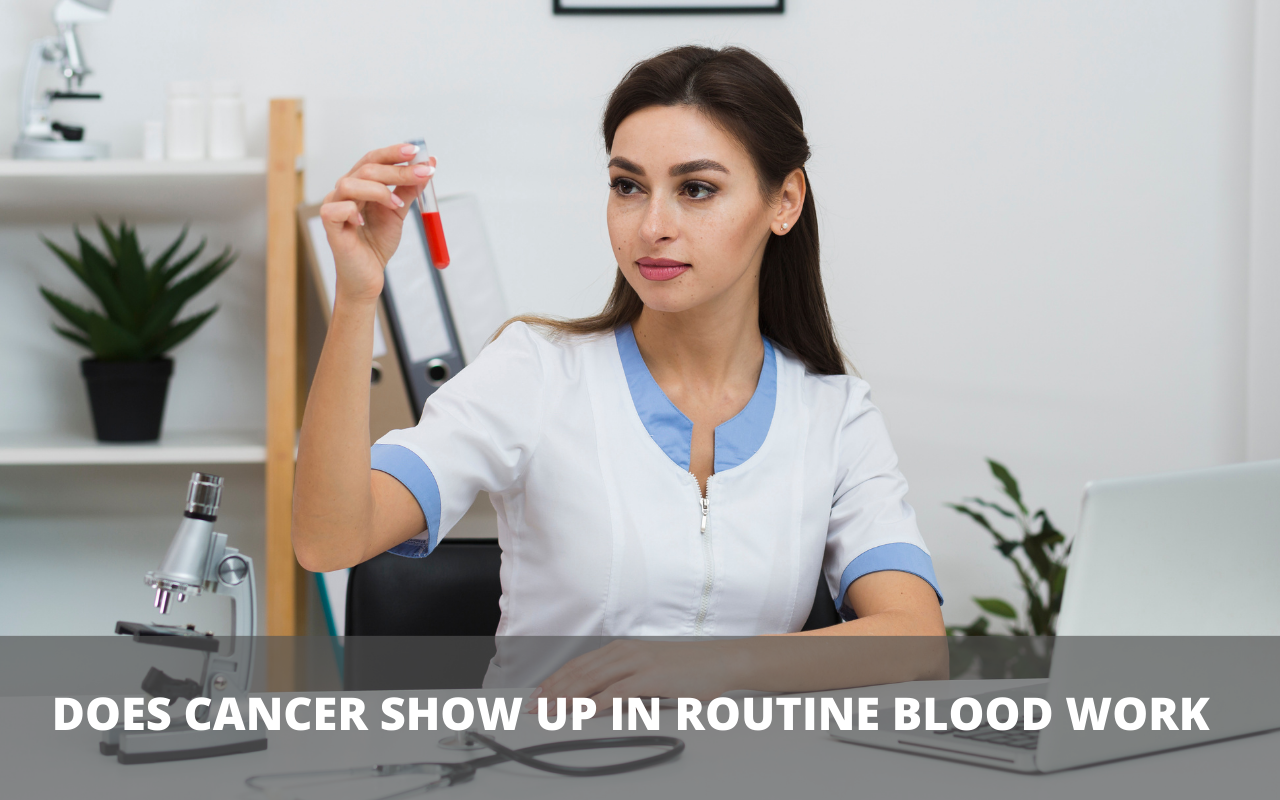Experiencing pain around the ribs and back can be a distressing and uncomfortable sensation that can significantly impact one’s daily life. The rib cage, back muscles, ligaments, and nerves are important for stability and organ protection, so any discomfort in this area is concerning.The pain can range from a dull ache to sharp, stabbing sensations, and it may be accompanied by other symptoms such as difficulty breathing or restricted movement. It is essential to understand the possible reasons behind this type of pain in order to seek proper medical help and get effective relief. In this article, we’ll explore some of the common pain around ribs and back symptoms, along with their associated symptoms. in order to shed light on this often perplexing situation.
Table of Contents
What causes pain around the ribs and back?
Pain around the ribs and back can have various causes, ranging from mild to more serious conditions. Some common causes include:
Muscle strain: Overexertion, heavy lifting, or sudden twisting movements can strain the muscles around the ribcage and back, leading to pain.
Costochondritis: This condition involves inflammation of the cartilage connecting the ribs to the breastbone. It can cause sharp, stabbing pain around the ribs.
Rib fractures: Trauma or a forceful impact to the chest can result in rib fractures, leading to localized pain that may radiate to the back.
Herniated discs: When the gel-like material within the spinal discs protrudes or ruptures, it can put pressure on nearby nerves, causing pain that may extend to the ribs and back.
Osteoporosis: Weakening of the bones due to age or other factors can make the ribs more susceptible to fractures and resulting pain.
Arthritis: Conditions such as osteoarthritis or rheumatoid arthritis can affect the joints and cartilage in the spine, causing pain in the back and sometimes radiating to the ribs.
Kidney stones: In some cases, kidney stones can cause referred pain that is felt in the back, near the lower ribs.
Gallbladder issues: Problems with the gallbladder, such as gallstones or inflammation, can cause pain that may be felt in the upper back or around the right ribcage.
Shingles: This viral infection can cause a painful rash that typically wraps around one side of the torso, including the area near the ribs and back.
What are the symptoms of rib and back pain?
Symptoms of rib and back pain can vary depending on the underlying cause. However, common symptoms associated with rib and back pain include:
Pain: The primary symptom is pain, which can range from a dull ache to sharp, stabbing sensations. The pain may be localised to a specific area or radiate to other parts of the back or ribs.
Tenderness: The affected area may feel tender to touch or pressure, and pressing on the ribs or back may exacerbate the pain.
Limited movement: Rib and back pain can restrict movement and make it difficult to perform certain activities, such as bending, twisting, or lifting objects.
Difficulty breathing: In some cases, rib and back pain can be associated with discomfort or difficulty breathing deeply. This may be due to inflammation, muscle strain, or pressure on the chest wall.
Swelling or bruising: If the pain is caused by an injury, such as a rib fracture, you may notice swelling or bruising around the affected area.
How to relieve rib and back pain?
To relieve rib and back pain, it’s important to rest and avoid activities that worsen the pain. Applying heat or cold packs can provide temporary relief. Maintaining good posture and engaging in gentle exercises and stretches can help strengthen the muscles and alleviate pain. Over-the-counter pain relievers like NSAIDs may be helpful, but it’s essential to follow recommended dosage guidelines. Using supportive devices, such as back braces or rib belts, can provide stability. If the pain persists or worsens, seeking professional medical treatment is advised for a proper evaluation and personalized treatment plan.
Are there any home remedies for rib and back pain?
- Apply heat or cold packs
- Practise good posture
- Engage in gentle exercises and stretches
- Take over-the-counter pain relievers
- Use supportive devices
- Apply topical creams or ointments
- Take hot showers or baths
- Try relaxation techniques, such as deep breathing or meditation
- Use a foam roller or massage ball for self-massage
- Get enough rest and sleep.
When should I see a doctor for rib and back pain?
It is generally recommended to consult a doctor for rib and back pain in the following situations:
- Severe or persistent pain
If the pain is severe, does not improve with rest, or persists for more than a few days, it is advisable to seek medical attention.
- Difficulty breathing or chest pain
If rib or back pain is accompanied by difficulty breathing, chest pain, or pressure in the chest, it could be a sign of a more serious condition and should be evaluated promptly.
- Injury or trauma
If the pain is a result of a fall, accident, or significant injury, it is important to see a doctor to rule out fractures or other serious damage.
- Progressive weakness or numbness
If you experience progressive weakness or numbness in the limbs, it could be a sign of nerve compression or spinal cord involvement, which requires medical evaluation.
- Loss of bladder or bowel control
If you experience loss of bladder or bowel control along with rib and back pain, it may indicate a more severe condition that requires immediate medical attention
- History of cancer or other serious medical conditions
If you have a history of cancer or any other serious medical condition. It is important to consult a doctor to be sure. This pain is not related to any underlying disease.
Conclusion
In conclusion, understanding the manifestations of pain around ribs and back symptoms are crucial for timely intervention. Recognizing symptoms such as discomfort, tenderness, and ache can lead to effective management strategies. By exploring potential causes and seeking appropriate treatments, individuals can find relief and enhance their overall well-being. Prioritizing proactive measures and seeking medical guidance can contribute to a healthier, pain-free lifestyle.
FAQ
Q1: How long do rib and back pain typically last?
Ans: The duration of rib and back pain varies depending on the cause. It can last from a few days to several weeks.
Q2: Can certain foods or diets contribute to rib and back pain?
Ans: Certain foods, such as those high in inflammatory properties, may exacerbate pain in some individuals. Maintaining a healthy diet can help manage overall inflammation and may indirectly alleviate pain.
Q3: Can chiropractic adjustments help with rib and back pain?
Ans: Chiropractic adjustments by realigning the spine. and may provide relief to some individuals suffering from rib and back pain by reducing pressure on the affected areas. However, it is advisable to consult with a healthcare professional before seeking chiropractic treatment.




